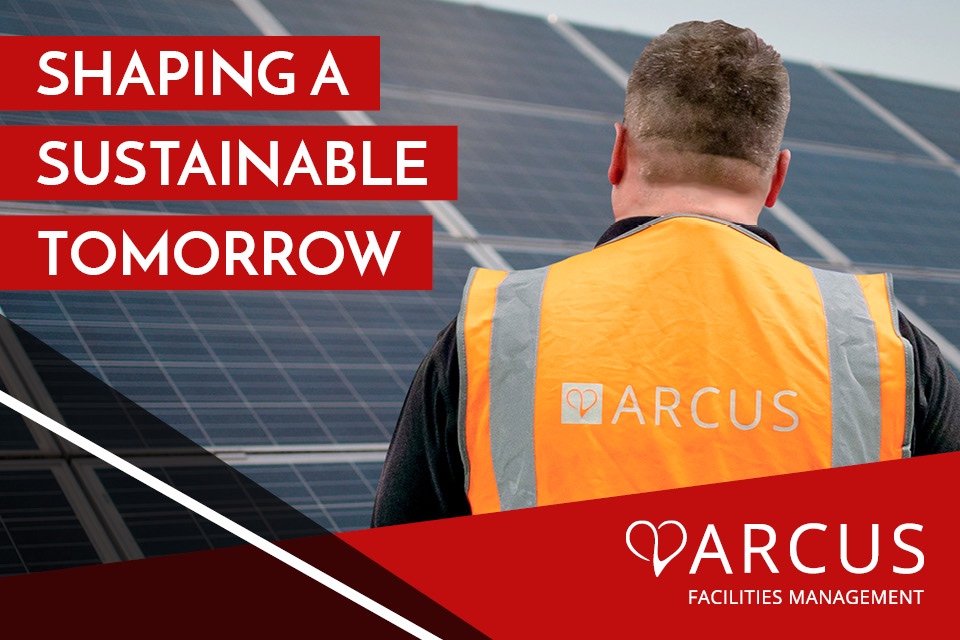The Royal Institution of Chartered Surveyors (RICS) launched the second edition of its Whole Life Carbon Assessment for the Built Environment (WLCA) standard.
First published in 2017 for the UK’s built environment sector, this 2023 edition is a global version of the standard that provides a considerably more developed understanding of the carbon costs and benefits of design choices in construction and infrastructure projects and assets.
The new standard was produced in partnership with the UK’s Department for Transport and Net Zero Waste Scotland.
Following a public consultation in March 2023, which received over 1,300 responses, RICS has now updated the standard to be used globally and to cover all built assets and infrastructure projects throughout the built environment lifecycle.
According to the United Nations, the Built Environment contributes around 40% of all global carbon output and 50% of extracted material, making the second edition crucial for meeting global emissions targets and achieving net zero. Carbon reporting and accounting is a priority across all sectors, and this Professional Standard is relevant not only to those undertaking carbon assessments, but also to clients, investors and property managers.
In the UK, a Net Zero Carbon Building Standard is being developed incorporating the RICS Whole Life Carbon Assessment Professional Standard’s methodology to assess upfront, embodied, operational, user and whole-life carbon. It is hoped that the global focus of this new edition will lead to more nations incorporating its methodologies into their regulatory structures.
RICS will be promoting the new standard at the upcoming United Nations Climate Change Conference (COP28) in Dubai, where the organisation is an accredited partner.
RICS Chief Executive, Justin Young, said: “The second edition of Whole Life Carbon Assessment for the Built Environment encapsulates RICS’s role as a global leader in the built environment and its duty to steer the industry towards decarbonisation.
“This second edition is a truly global standard for a global problem. I want to thank our members from every world region, our staff, partner specialists and the Department for Transport and Net Zero Waste Scotland for their hard work and crucial support, which made this a reality.
“At this year’s COP28, where RICS is a UN-accredited observer organisation, we will promote this standard and ensure it is at the heart of the built environment’s crucial response to climate change.”
RICS Director of Surveying Standards, Charlotte Neal, said: “The built environment has been crying out for tools to measure its impact on climate change, which is crucial for developing mitigating practices to significantly reduce the industry’s carbon output.
“By providing a consistent methodology to assess the carbon output of buildings throughout their entire lifecycle, the second edition of WLCA will significantly improve the industry’s ability to measure and manage its impact on climate. Thank you to RICS’ members, staff and partners for your unceasing support of our work in leading the built environment towards a sustainable, net-zero future.”
Minister of State for Decarbonisation, Jesse Norman, said: “The UK is a world leader in decarbonising transport. This new standard will help reduce the carbon footprint of not only transport projects, but also from projects across all buildings, as the UK works to grow its economy and reach its net zero goals.”
Stephen Boyle, Built Environment Manager at Zero Waste Scotland, said: “This landmark publication will be a key driver for circularity as it provides a vital standard for assessing carbon over the whole life of a building. This whole life consideration prompts built environment professionals to confront the carbon impacts a building has before, during and after its use. Circular economy principles can provide a solution to this problem by encouraging use of secondary materials to displace virgin ones, to use renewable low-carbon materials and to use digital tools, such as materials passports to create end-of-life value.”
Image by Gerd Altmann from Pixabay









